
下载亿题库APP
联系电话:400-660-1360

下载亿题库APP
联系电话:400-660-1360

请谨慎保管和记忆你的密码,以免泄露和丢失

请谨慎保管和记忆你的密码,以免泄露和丢失

Question:
In relation to the TORT OF NEGLIGENCE, explain:
(a)the standard of care owed by one person to another;
(b)remoteness of damage.
Answer:
(a)The law does not require unreasonable steps to be taken to avoid breaching a duty of care. In legal terms, a breach of duty of care occurs if the defendant fails:
to do something which a reasonable man, guided upon those considerations which ordinarily regulate the conduct of human affairs, would do; or doing something which a prudent and reasonable man would not do.' (Blyth v BirminghamWaterworks Co (1856))
Thus the fact that the defendant has acted less skilfully than the reasonable person would expect will usually result in a breach being established. This is the case even where the defendant is inexperienced in their particular trade or activity. For example, a learner driver must drive in the manner of a driver of skill, experience and care (Nettleship v Weston (1971)). However, the standard of care expected from a child may be lower than that of an adult (Mullin v Richards (1998)).
Clearly the degree, or standard, of care to be exercised by such a reasonable person will vary depending on circumstances, but the following factors will be taken into consideration in determining the issue:
(i)The seriousness of the risk
The degree of care must be balanced against the degree of risk involved if the defendant fails in their duty. It follows, therefore, that the greater the risk of injury or the more likely it is to occur, the more the defendant will have to do to fulfil their duty. The degree of care to be exercised by the defendant may be increased if the claimant is very young, old or less able bodied in some way. The rule is that 'you must take your victim as you find him' (this is known as the egg-shell skull rule).
In Haley v London Electricity Board (1965) the defendants, in order to carry out repairs, had made a hole in the pavement. The precautions taken by the Electricity Board were sufficient to safeguard a sighted person, but Haley, who was blind, fell into the hole, striking his head on the pavement, and became deaf as a consequence. It was held that the Electricity Board was in breach of its duty of care to pedestrians. It had failed to ensure that the excavation was safe for all pedestrians, not just sighted persons. It was clearly not reasonably safe for blind persons, yet it was foreseeable that they might use the pavement.
The degree of risk has to be balanced against the social utility and importance of the defendant's activity. For example, in Watt v Hertfordshire CC (1954), the injury sustained by the plaintiff, a fireman, whilst getting to an emergency situation, was not accepted as being the result of a breach of duty of care as, in the circumstances, time was not available to take the measures which would have removed the risk.
(ii)Cost and practicability
Any foreseeable risk has to be balanced against the measures necessary to eliminate it. If the cost of these measures far outweighs the risk, the defendant will probably not be in breach of duty for failing to carry out those measures (Latimer v AEC Ltd (1952)).
(iii)Skilled persons
Individuals who hold themselves out as having particular skills are not judged against the standard of the reasonable person, but the reasonable person possessing the same professional skill as they purport to have (Roe v Minister of Health (1954)).
(b)The position in negligence is that the person ultimately liable in damages is only responsible to the extent that the loss sustained was considered not to be too remote. The test for remoteness was established in The Wagon Mound(No 1) (1961).
The defendants negligently allowed furnace oil to spill from a ship into Sydney harbour, which subsequently caused a fire, which spread to, and damaged, the plaintiff's wharf. Although the defendants were held to be in breach of their duty of care, they were only liable for the damage caused to the wharf and slipway through the fouling of the oil. They were not liable for the damage caused by fire because damage by fire was at that time unforeseeable (the oil had a high ignition point and it could not be foreseen that it would ignite on water).
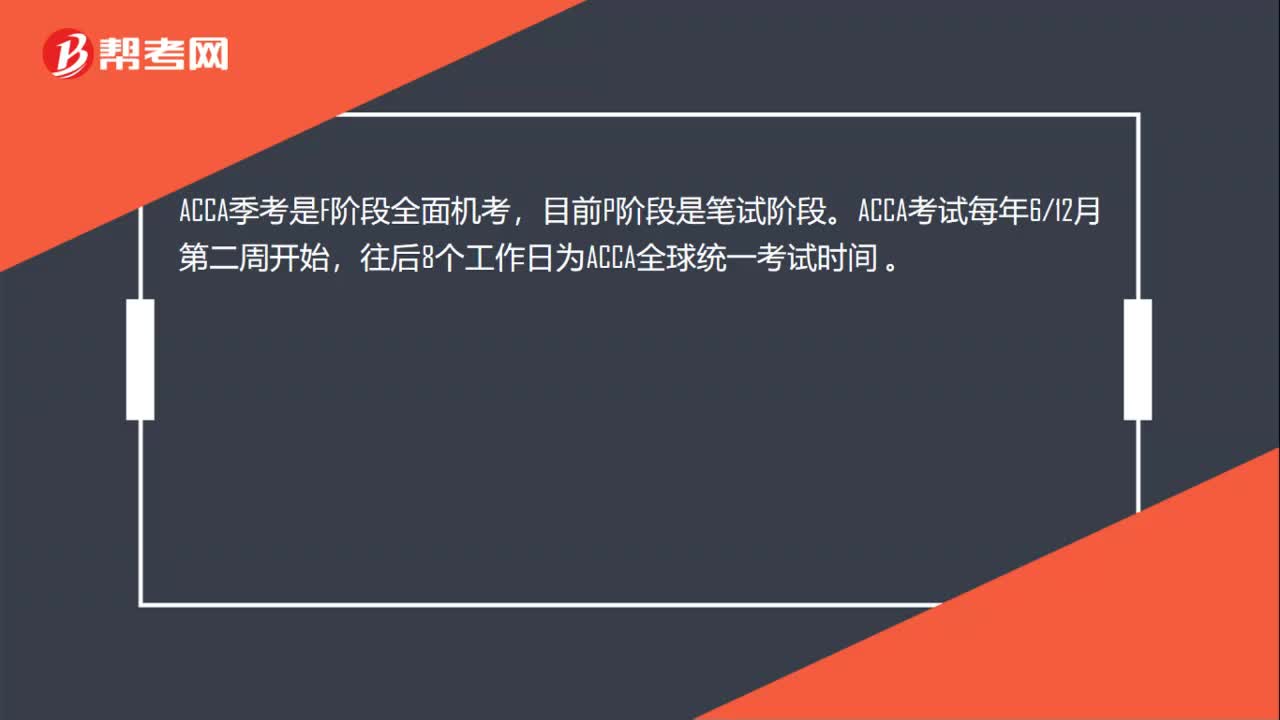 25
25ACCA每年的考试时间是什么时候?:ACCA每年的考试时间是什么时候?ACCA季考是F阶段全面机考,目前P阶段是笔试阶段。ACCA考试每年612月第二周开始,往后8个工作日为ACCA全球统一考试时间。
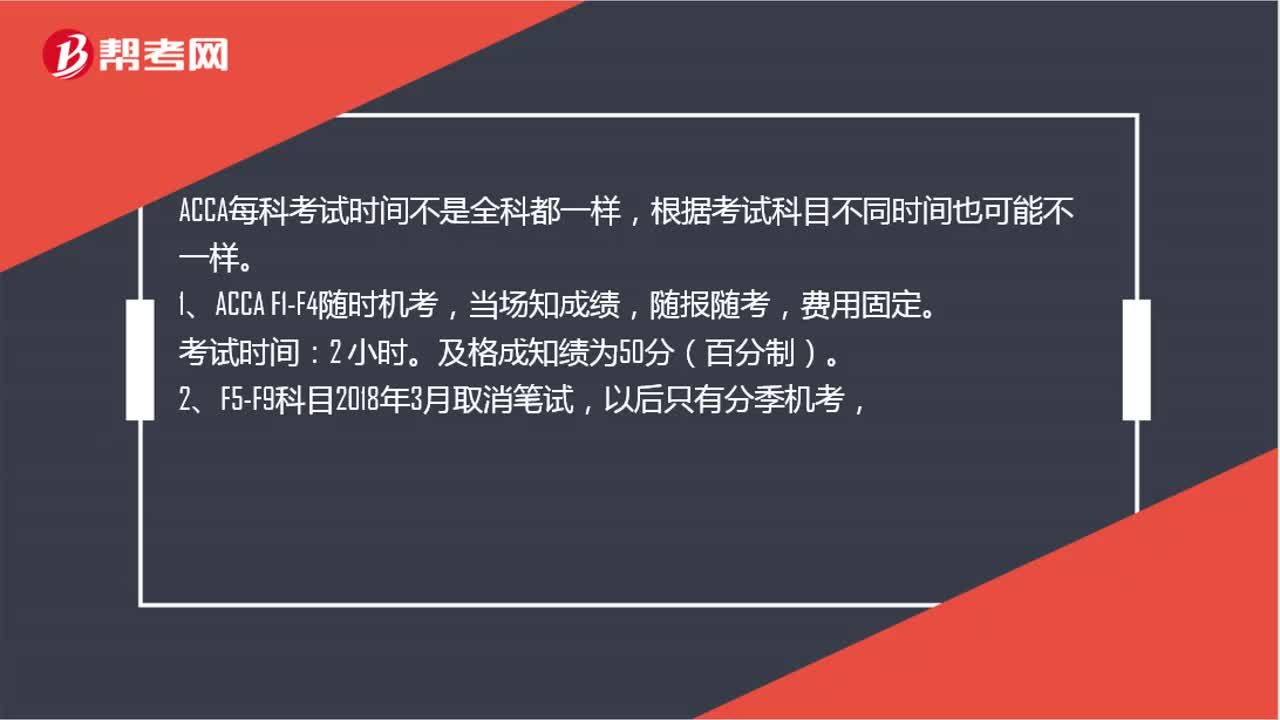 63
63ACCA每科考试时间都一样吗?:ACCA每科考试时间都一样吗?ACCA每科考试时间不是全科都一样,根据考试科目不同时间也可能不一样。1、ACCA F1-F4随时机考,当场知成绩,考试时间:及格成知绩为50分(百分制)。2、F5-F9科目2018年3月取消笔试,以后只有分季机考,每年3、6、9、12月4个考季,机考时间:另有10分钟时间阅读考前须知,3、ACCA专业P阶段所有课程考试时间为3小时,及格成绩为50分(百分制)。
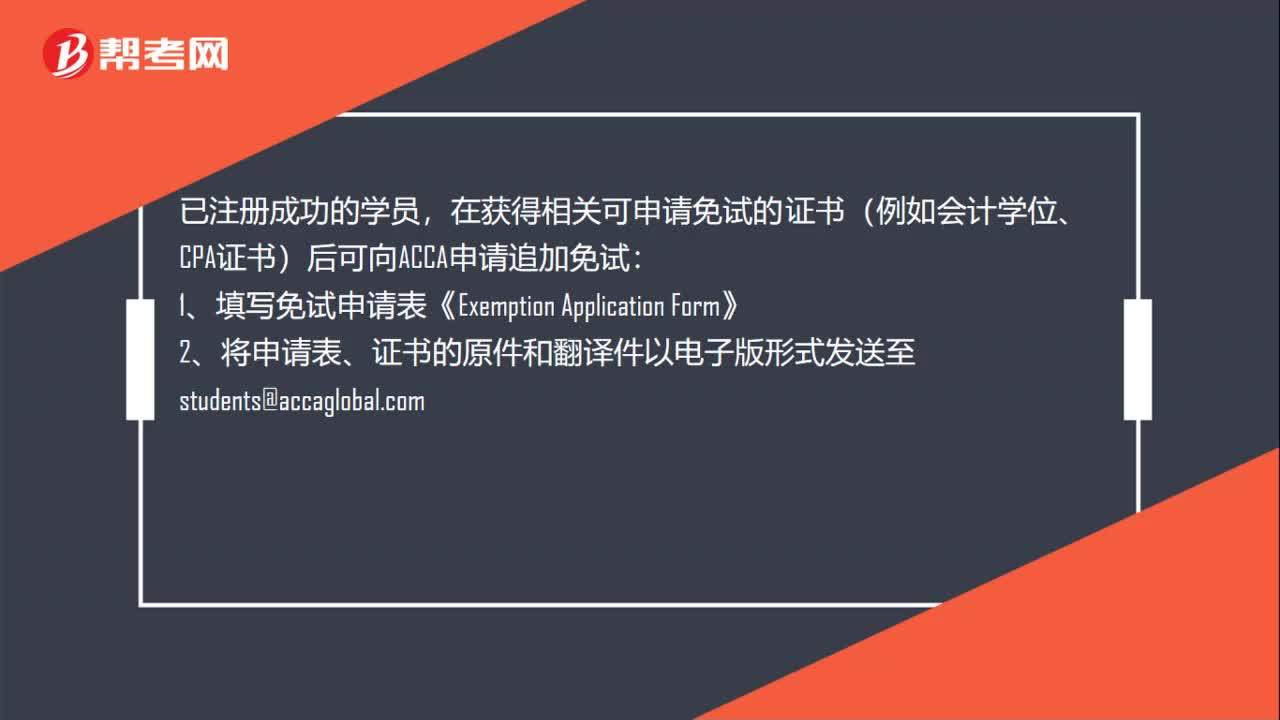 56
56ACCA考试怎么申请免考?:ACCA考试怎么申请免考?已注册成功的学员,在获得相关可申请免试的证书(例如会计学位、CPA证书)后可向ACCA申请追加免试:1、填写免试申请表《Exemption。2、将申请表、证书的原件和翻译件以电子版形式发送至students@accaglobal.com:3、请注意查收邮件或登录MYACCA学员账户查看免试信息,4、确认时间为5个月左右版;(例如,7月15日前提交申请12月考试生效
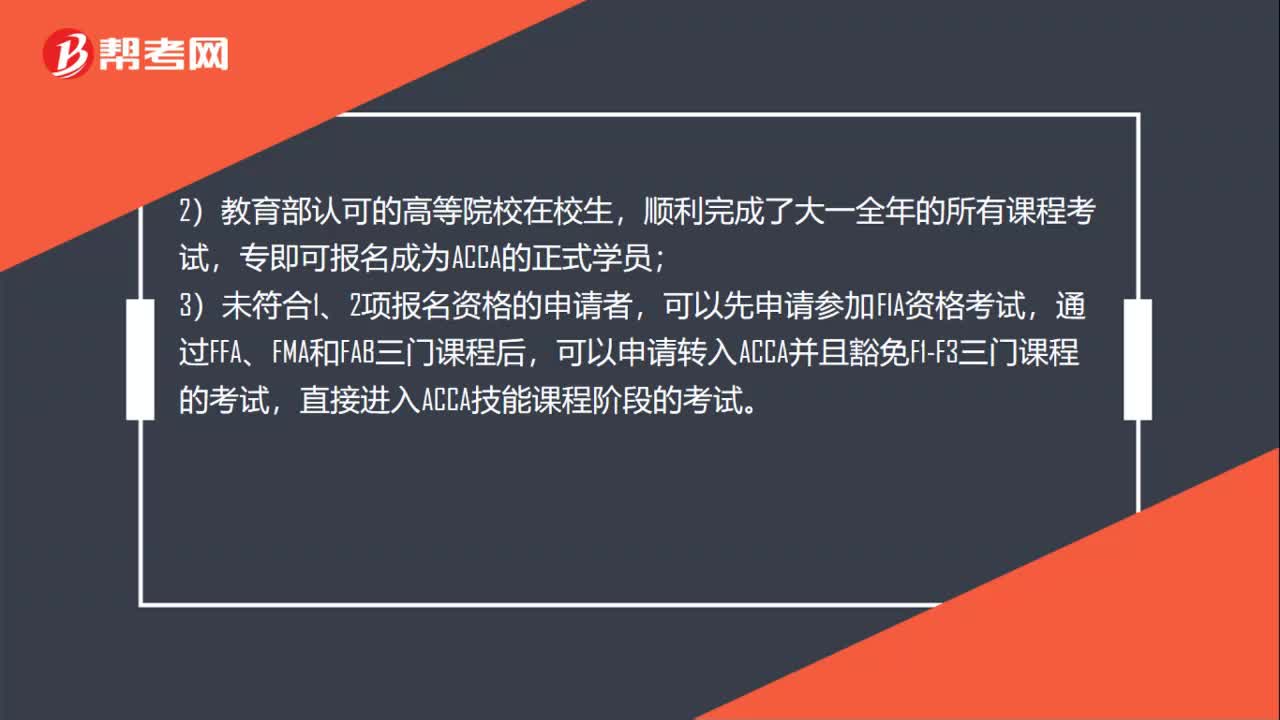 01:03
01:032020-06-04
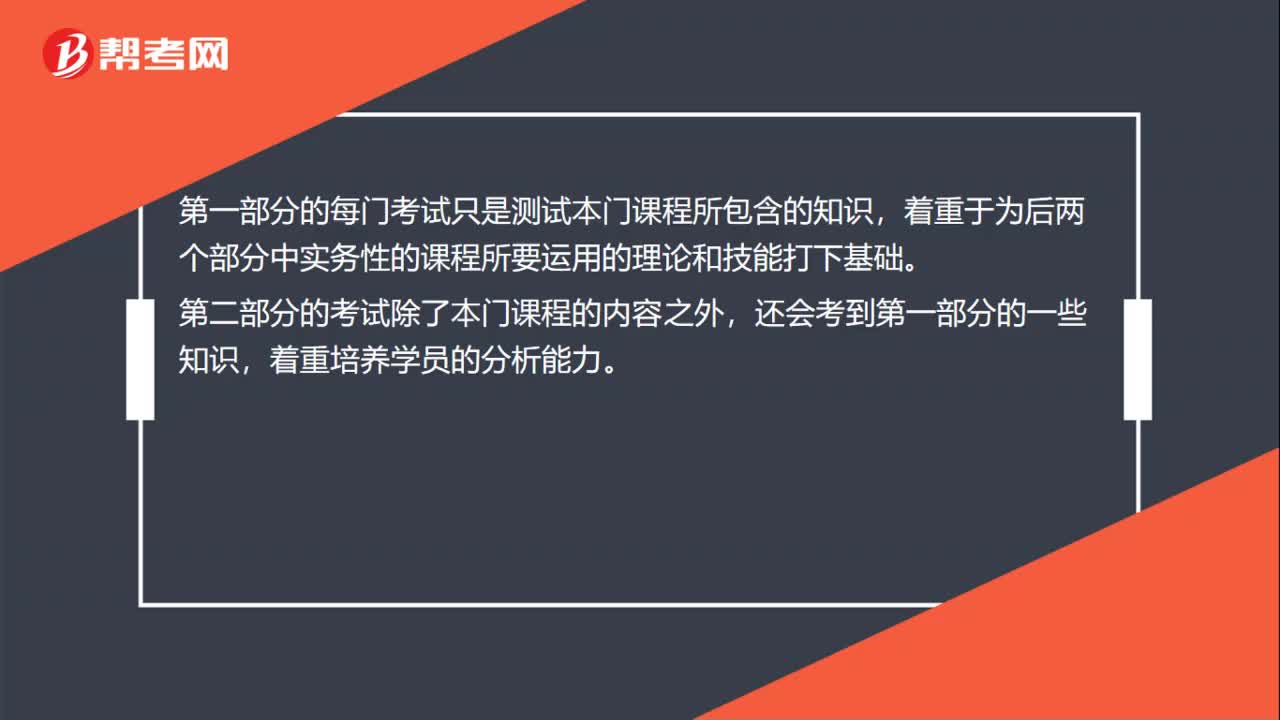 01:20
01:202020-06-04
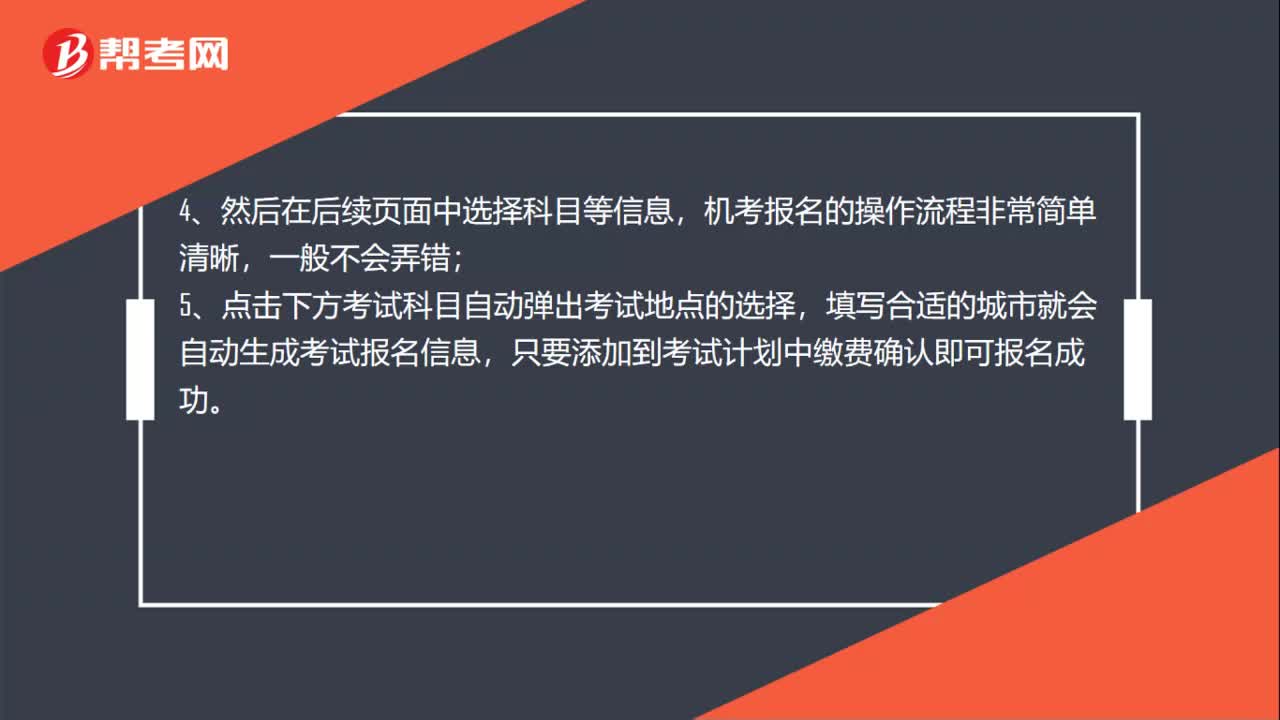 01:21
01:212020-06-04
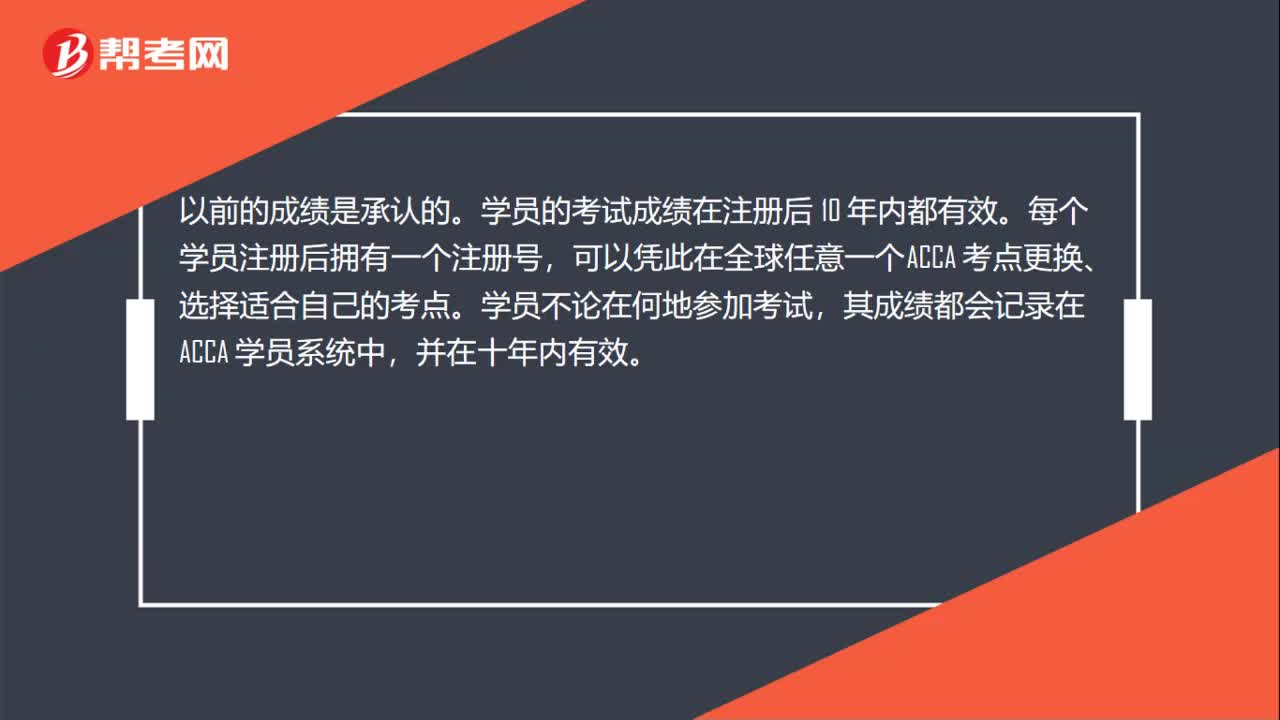 00:34
00:342020-06-04
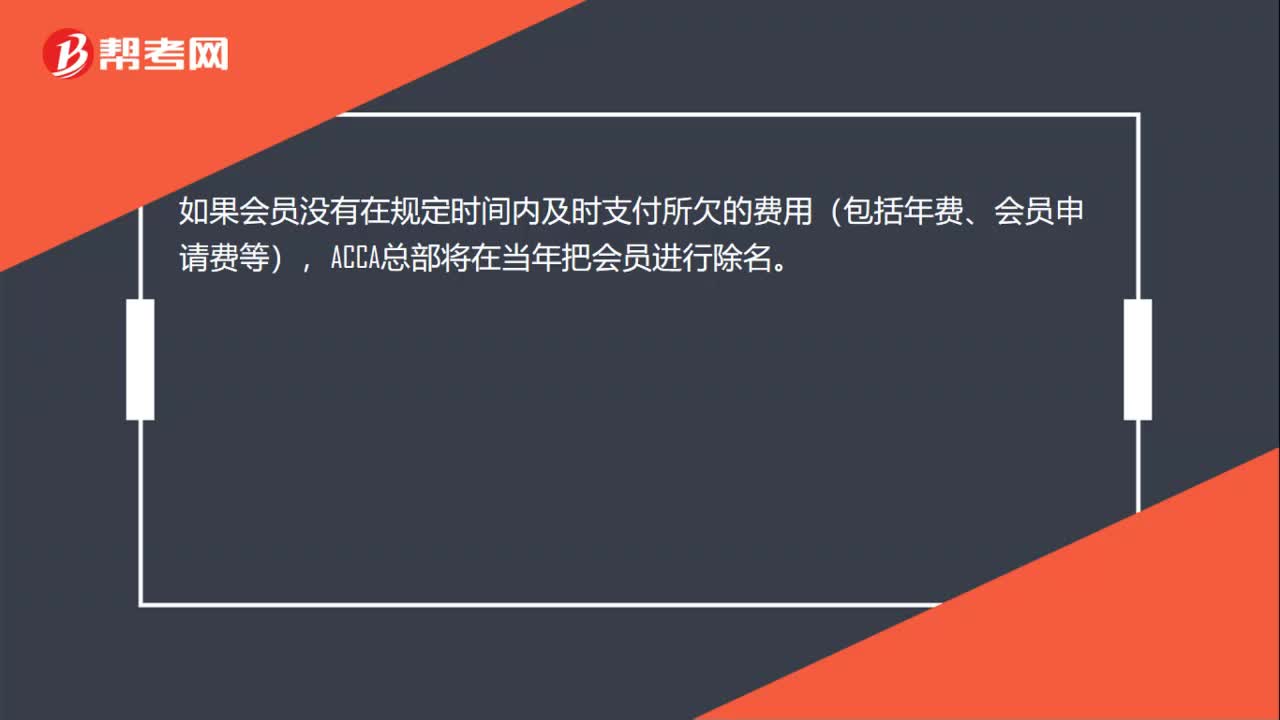 00:19
00:192020-06-04

微信扫码关注公众号
获取更多考试热门资料